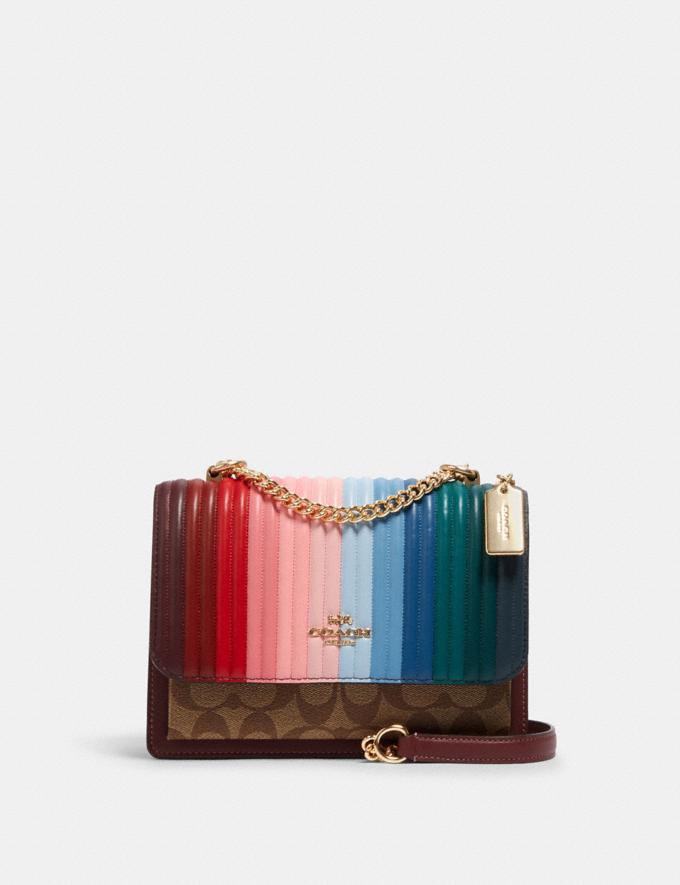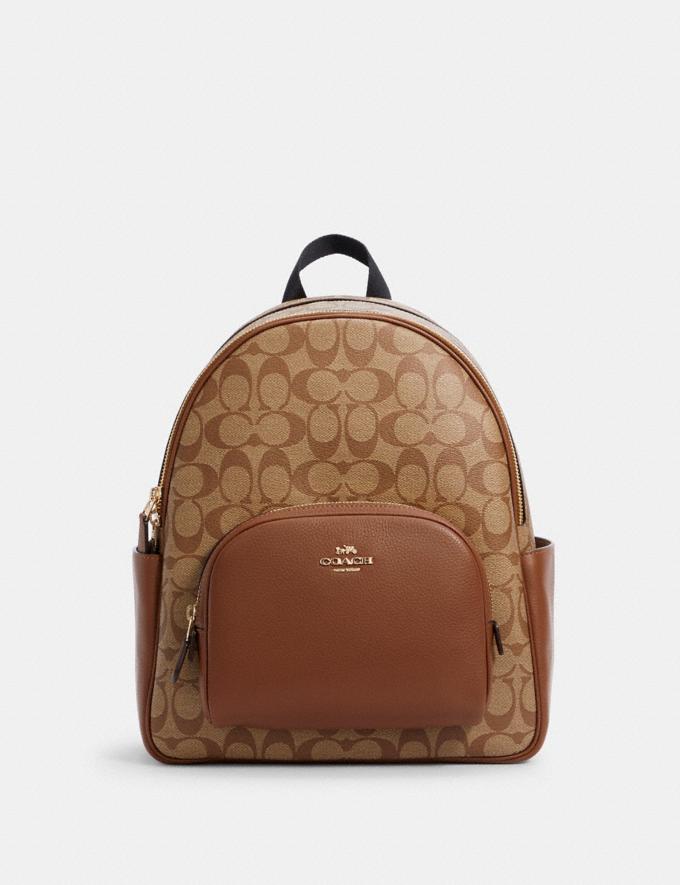Disney X Coach Mini Camera Bag With Belle – COACH® Outlet
Refined pebble leather. Two credit card slots. Inside multifunction pocket. Zip closure, fabric lining. Outside open pocket. Adjustable strap with 23″ drop for shoulder or crossbody wear.
- Refined pebble leather
- Two credit card slots
- Inside multifunction pocket
- Zip closure, fabric lining
- Outside open pocket
- Adjustable strap with 23″ drop for shoulder or crossbody wear
- 7 1/4″ (L) x 5 1/4″ (H) x 2″ (H)
- Disney x Coach
- ©Disney
- Style No. C3404
Additional information
| Dimensions | 7 1/4" (L) x 5 1/4" (H) x 2" (H) |
|---|






Reviews
There are no reviews yet.